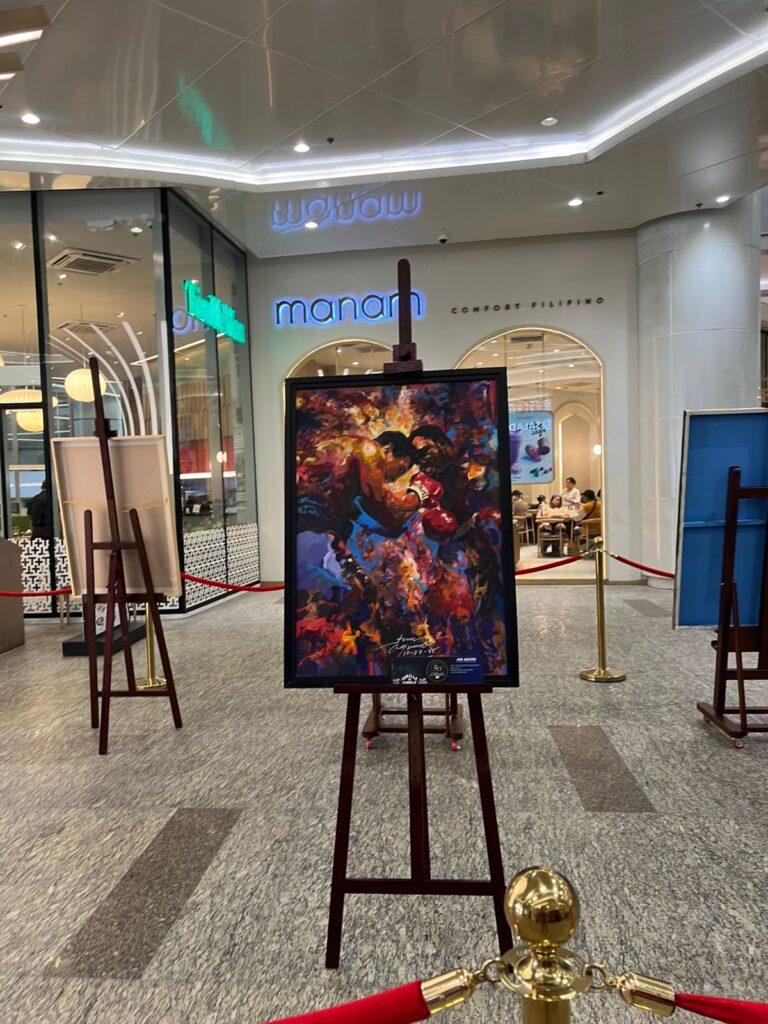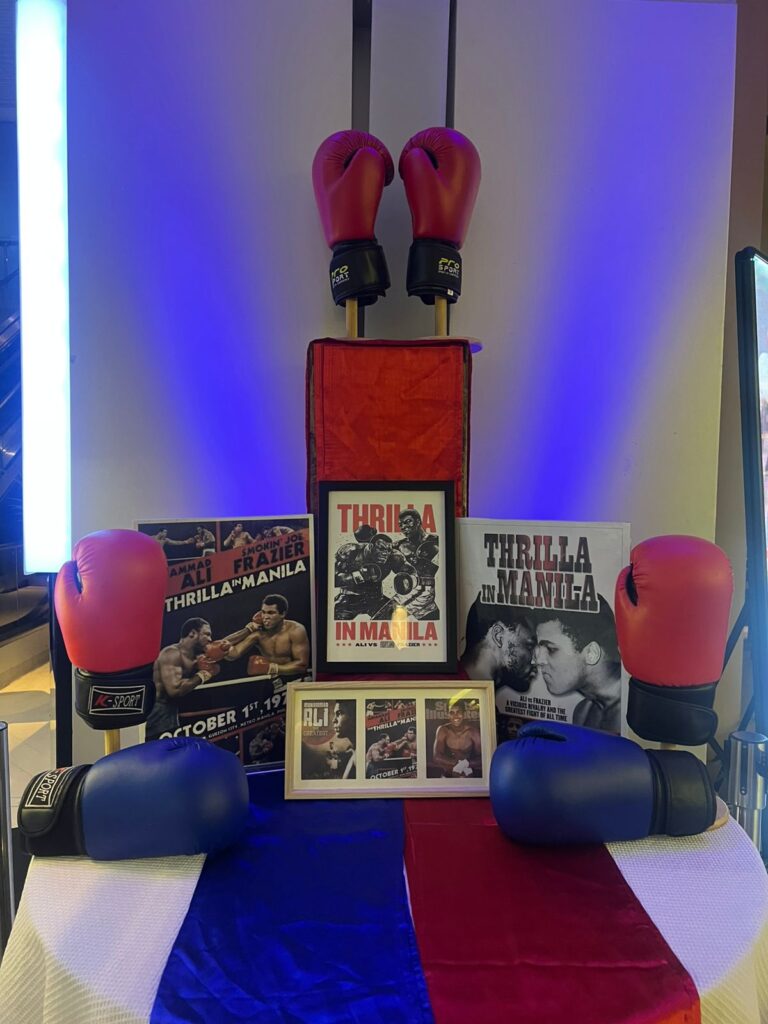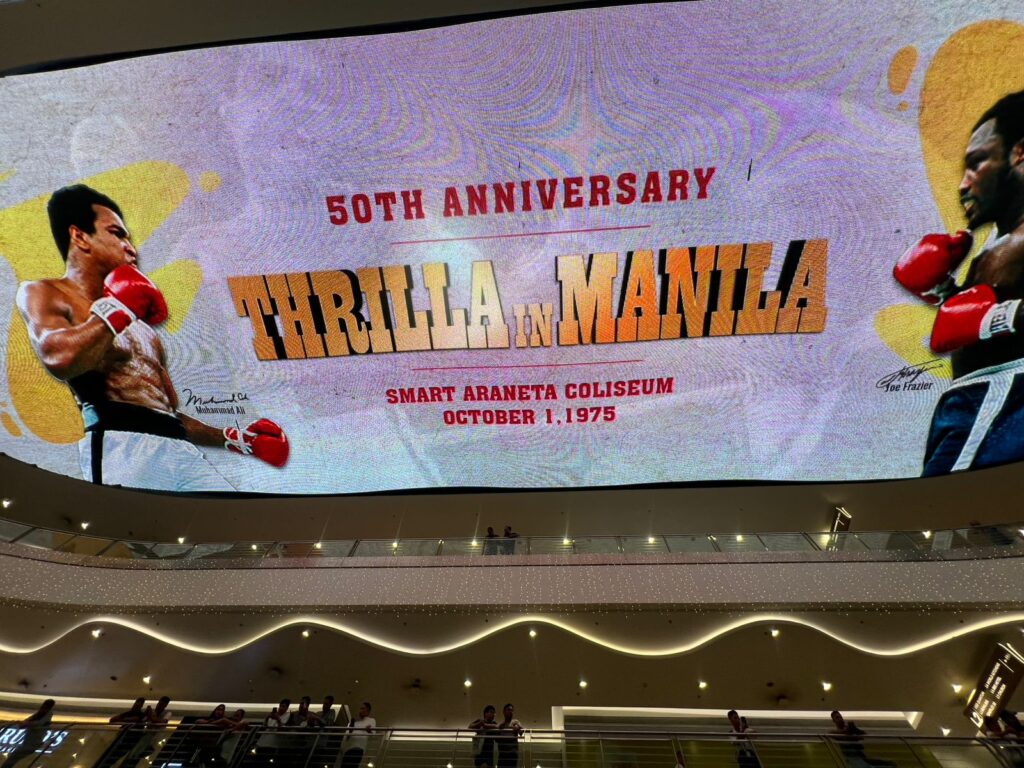History Replayed, Digitally Remixed: Thrilla in Manila 2 Lights Up a New Era of Sports Engagement
November 6, 2025
Nearly fifty years after Muhammad Ali and Joe Frazier’s legendary 1975 bout immortalized the phrase “Thrilla in Manila”, the Philippines once again found itself at the centre of the boxing world. But this time, the roar wasn’t confined to the ring — it reverberated across malls, digital billboards, and social media feeds as Thrilla in Manila 2 brought the sport’s golden spirit into a modern era of digital storytelling and fan engagement.
The IBA tournament, which concluded on October 29, was much more than a fight card — it was an experience. Organizers fused the emotional legacy of the original “Thrilla” with the energy of a generation raised on smartphones, memes, and hashtags. The result was a week-long celebration of boxing, culture, and community that turned Manila into an open-air festival of sport.
A Skyline Stage: The First-Ever Terrace Branding
In a bold move that symbolized how sports can transcend traditional spaces, the tournament’s branding activation took place for the first time on the terrace of a major Manila mall. Against the shimmering skyline, fans were greeted by giant screens replaying archival footage of Ali and Frazier intercut with promos of the new fighters. Neon lights, dynamic graphics, and rhythmic beats turned the terrace into a living homage — where history met innovation.
“It was surreal,” said Miguel Santos, a 29-year-old boxing enthusiast who travelled from Quezon City. “Standing there and watching Ali’s highlights while the city glowed behind me — it felt like Manila was welcoming boxing home.”

The terrace experience blurred the boundaries between a fan zone and an art installation. Visitors could interact with motion-triggered digital boards that displayed trivia, fighter stats, and historical moments when approached. Many described it as walking through a “digital museum in the sky.”
A City Turned Into a Canvas
Digital boards, murals, and life-size cutouts of the “Thrilla in Manila 2” logo were spread across the city. Fans could pose with them. Also, there was a gallery installed in the Gateway Mall with paintings of the “Thrilla in Manila” fight by artist Jun. Aquino.

For Manila locals, it wasn’t just marketing — it was personal. The campaign reawakened collective memory and civic pride. Clarisse Domingo, a university student, shared on Instagram, “I wasn’t born when the first Thrilla happened, but this made me feel part of that legacy. I took photos with every cutout I found — it’s history meeting us where we are.”
The #ThrillainManil trended across platforms for days, with over 1 million impressions on launch weekend. Influencers and athletes joined in, sharing their own stories about what the original fight meant to their families. It became less about the fight itself and more about what the idea of the fight stood for — resilience, rivalry, and redemption.
Merchandise With Meaning
If the citywide branding built anticipation, the memorabilia and merchandise zone at the venue fulfilled every fan’s dream. The collection ranged from retro-style posters and replica gloves to limited-edition jackets embroidered with both the old and new event logos.
“The merch wasn’t just stuff to buy,” said Antonio Rivera, a 52-year-old lifelong boxing fan. “It was emotion. I bought a glove signed by one of the fighters, but it felt like owning a piece of history. You could feel the respect for Ali and Frazier in every detail.”
To bridge the offline and online worlds, each purchase came with a digital access card that unlocked behind-the-scenes training footage and exclusive post-fight interviews. Younger fans, especially Gen Z audiences, embraced it — making the merchandise not just collectible but interactive.
Fans as the Core of the Experience
Perhaps what made Thrilla in Manila 2 so special was how fans weren’t treated as spectators but as storytellers and amplifiers.
“I’ve been to sports events before, but this was different,” said Lara Villanueva, 23, who attended her first boxing event.
For families and casual visitors, it was a chance to experience boxing in a new light — inclusive, fun, and visually stunning. The mix of generations, cultures, and technologies captured the universal essence of sport: connection.
A Masterclass in Modern Sports Branding
The success of Thrilla in Manila 2 goes beyond the punches thrown. It showcased how strategic fan engagement and citywide digital integration can transform a sporting event into a cultural movement.

By choosing to activate branding across public spaces, the organizers shifted the experience from confined arenas to living, breathing urban spaces. The campaign’s accessibility — both physical and digital — ensured that even those without tickets could participate.
Marketing experts lauded the effort for its blend of heritage storytelling and digital-first innovation. Instead of trying to replicate the nostalgia of 1975, the event reinterpreted it — making the Thrilla spirit relevant for a new era.
The Legacy Continues
As the lights dimmed after the final bout, fans lingered — snapping photos, trading memorabilia, and sharing stories under the glow of the terrace lights. What they carried home wasn’t just memories of a tournament but a renewed sense of belonging to something larger than themselves.
In a world where attention spans are short and sports compete with screens, Thrilla in Manila 2 proved that the right blend of emotion, history, and digital creativity can still stop a city in its tracks.
“Ali and Frazier fought for glory,” said fan Miguel Santos as he looked over the skyline. “We came here to celebrate that spirit — and Manila gave it back to us in every light, every screen, every roar.”
The Thrilla didn’t just return — it was reborn.

